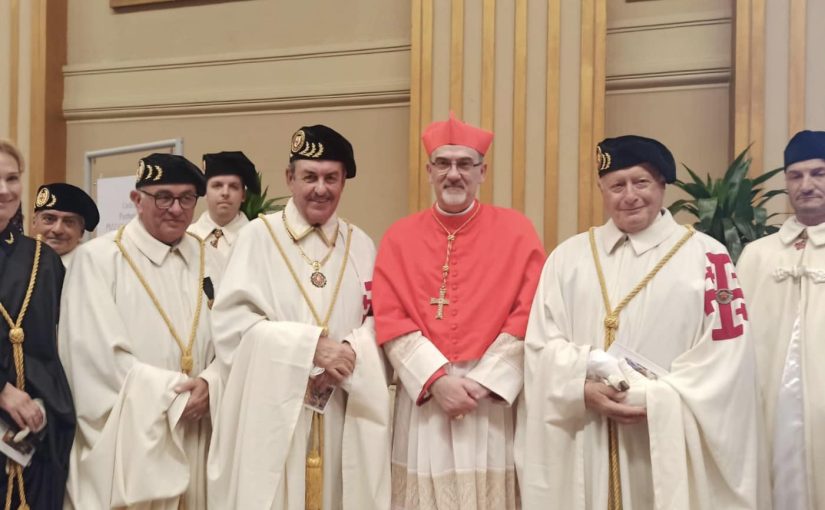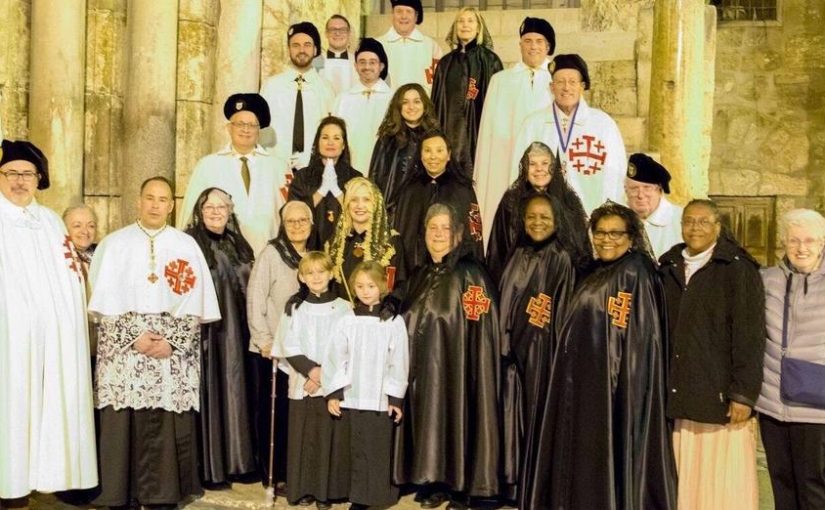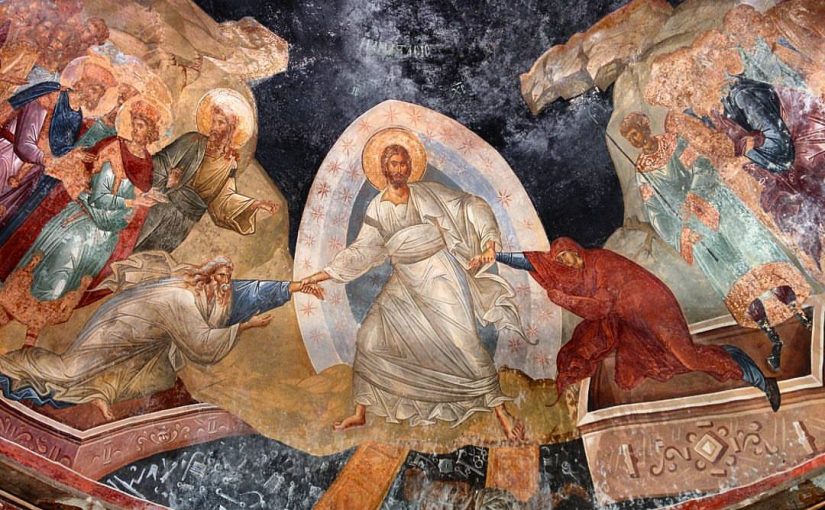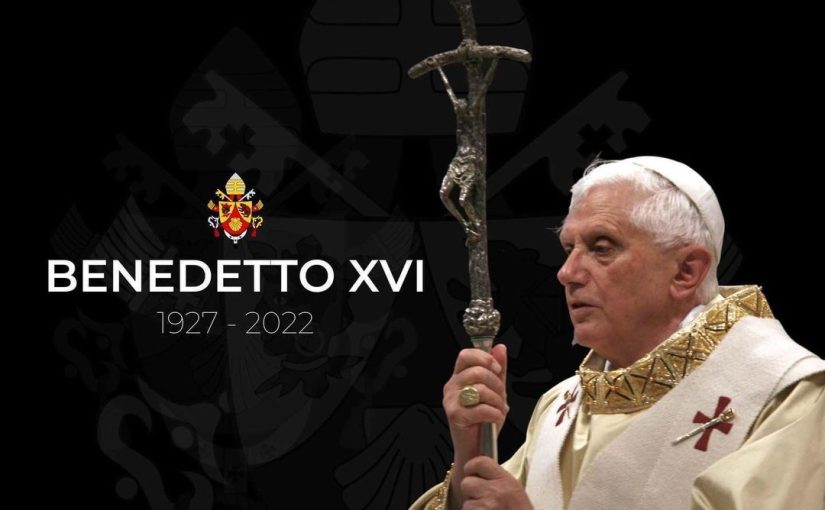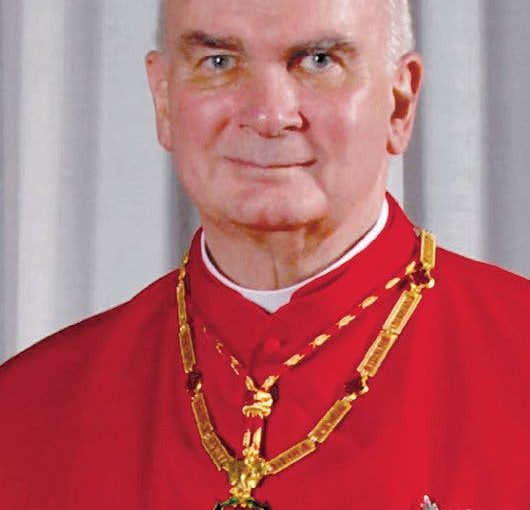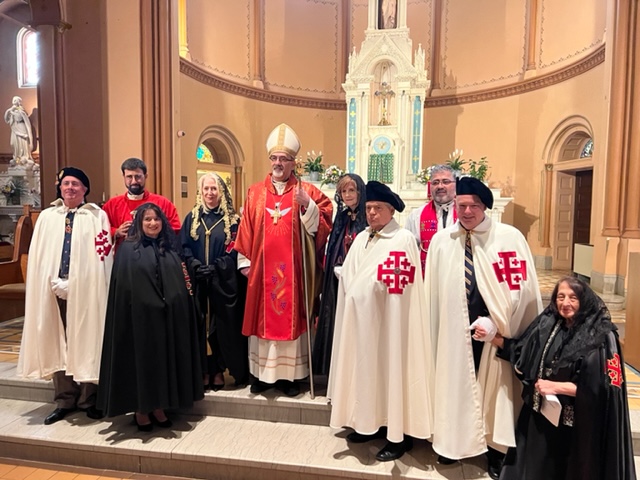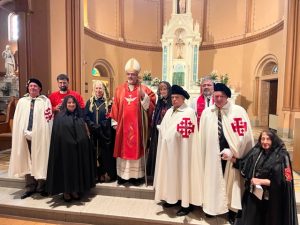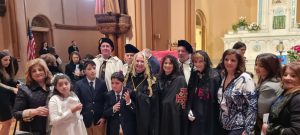This is the recurring expression we read in the calendar on the Sunday on which the Church celebrates Jesus, the Risen One. It is an expression we also find in liturgies and theology; in short, it is the language of the Church. But what does ‘Easter of the Resurrection’ mean? Certainly many grasp its meaning perhaps through catechetical reminiscence, but it is also worth seeking its deeper meaning.
In the Catholic liturgy, the two terms – Easter and Resurrection – go hand in hand and refer to two extraordinary events that should be briefly recalled. First of all, Easter finds its origins in the Greek word for ‘Passover’, originally from the Aramaic pashd’ (in Hebrew pesach), is used in the Bible (Ex 12:48) to recall the ‘passing of God’ and the ‘exodus’ of the Jews from Egypt; it is a feast of great importance, full of familial and sacred rites. Jesus and his natural family devoutly celebrated it every year as was and is traditional in observant Jewish families. The celebration became a memory, a story, a prayer of gratitude and praise to the Eternal for the intervention in favor of ‘His’ people. It is not an epic, because Passover concretely touches the life of every good Jew, so much so that it binds him to God in an eternal Covenant, and vice versa; but also to the land he will bequeath to his children; Passover is a celebration around the Word of God; it is a perennial journey.
Jesus assumes, but then also transcends, the meaning of that Jewish solemnity; so much so that not only did he not want to ignore it despite being ‘sought after’ by the Sanhedrin, but, he “earnestly desired” (Desiderio desidervi – Lk 22:15) to celebrate it together with the Twelve, his new family, in deference to the style of the so-called chaburot (the gatherings for pilgrims who went to Jerusalem for the occasion); during that Last Supper, Jesus introduces something unexpected with respect to the practice: he gives thanks to the Eternal and offers his ‘Body’ and ‘Blood’ to the Twelve in the concrete matter of bread and wine, as a sign of the new Covenant.
Jesus’ “Gesture” is an important novelty and will allow the Apostolic Community, not only to be formed around the Risen One and to be consecrated for the coming of the Holy Spirit, but also to be constituted, as Ekklesìa, that is, Community of the faithful, and to repeat it; that “Gesture” is also God’s “Gift” for us and this in the friendship of Jesus Christ, of the One who forgives and allows humanity to accept it as an expression of God’s own love and to return it to God; in short: love and sacrifice come together. Benedict XVI wrote all the currents from the Old Covenant are also present that in every celebration of the Eucharist, and in some way also the secret expectation of all religions (Themes of Dogmatic Theology in Che cos’è il cristianesimo).
When we say ‘Resurrection’, the reference is to the body of Christ in which human life was no longer there. Jesus is laid in a tomb. It was approaching the beginning of Shabbat, the Sabbath on which no actions involving work could be performed, corresponding to that seventh day on which, after creation, God ‘rested’. Jesus observes it in the silence of death; it is the day of Sabbath rest, apparently an “idle” time.
For the Catholic liturgy, ‘Holy Saturday’ has become the day of meditation, of intimate sorrow, the day when we recall all of the memories, the words, the many whys that accompany extreme moments, such as death. This until the first day of the week after the Sabbath, which for Christians is Sunday and for Holy Scripture corresponds to the day of the creation of light (cf. Gen 1:5). An analogy that is not accidental!
On that day, the first of the week, the unexpected, the unprecedented, the most shocking event took place: The Resurrection of Christ.
“Whom do you seek?” This was the question put to those, women and men, who had gone to visit a deceased person. The only ones present at the moment of the Resurrection had been the soldiers, but then they had fled in shock, to report back to those who had ordered them to custody the tomb.
Now the Risen Christ becomes the space for the adoration of God, comments Benedict XVI; Christian faith is born and our inclusion in the new ‘Body’ is realized, which definitively unites every baptized person to the Risen One. This is the Easter of Resurrection. In the Christian faith, Jesus’ death is the most radical act of love in which the reconciliation between God and a world marked by sin is truly accomplished, and the Resurrection is the most sublime event of God’s work.
Every Knight and Dame must embrace within themselves this mystery that qualifies them in a special way for a very high spiritual mission. The event of the Resurrection reminds us that Christ transcends in Himself human nature and history, and in the newness of His being the Living One, our conversion to the Lord holds incomparable glory (cf. Heb 3:10, 16).
It is in the Easter Resurrection that the Risen One offers us, the Order of the Holy Sepulchre in Jerusalem, who have visited him on our pilgrimages like the pious women and disciples, an “inheritance” with the “Title” of the place of his deposition, and to enter into his friendship and be destined for a mission of faith and high charity. That Sepulchre in which the Son of God had laid the burden of our sinful and sorrowful humanity, becomes the place of the beginning of new life in Him, of hope for all the multitudes.
As the Son of God, says the Letter to the Hebrews, “Christ (… ) as a Son over His house—whose house we are, if we hold fast our confidence and the boast of our hope firm until the end” (Heb 3:6).
Happy Easter of the Resurrection!
Fernando Cardinal Filoni
April 2023
 Memory of Bartolo Longo is liturgically honored today. Blessed Bartolo Longo (1841-1926) has been so far the only lay person of the Equestrian Order of the Holy Sepulchre of Jerusalem to be lifted to the altar. He quite dear to the Knights and Dames of the Order of the Holy Sepulchre, and to me both as a devotee to the Rosary and to the Order.
Memory of Bartolo Longo is liturgically honored today. Blessed Bartolo Longo (1841-1926) has been so far the only lay person of the Equestrian Order of the Holy Sepulchre of Jerusalem to be lifted to the altar. He quite dear to the Knights and Dames of the Order of the Holy Sepulchre, and to me both as a devotee to the Rosary and to the Order.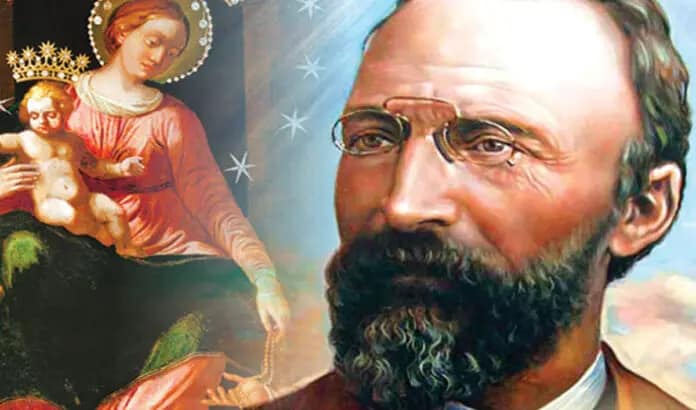
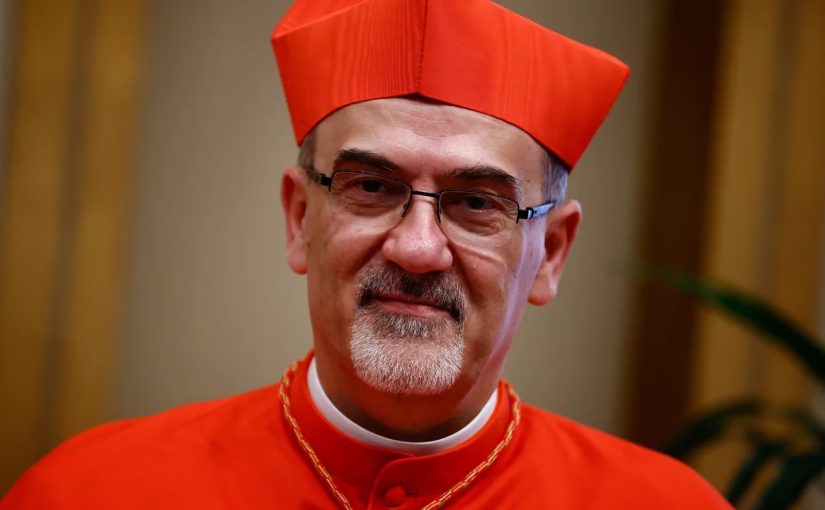
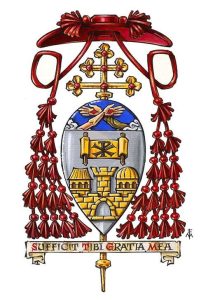 Earlier today the Pope created 21 new cardinals. Among the new cardinals is the Latin Patriarch of Jerusalem, Pierbattista Pizzaballa, O.F.M.,the first time a residential Patriarch has been given the title of Cardinal of the Roman Church. This is significant for several reasons and in my mind chief among them is that Jerusalem is the Mother, the heart of the Christian faith. Catholics around the world ought to be proud that Mother Church is so represented.
Earlier today the Pope created 21 new cardinals. Among the new cardinals is the Latin Patriarch of Jerusalem, Pierbattista Pizzaballa, O.F.M.,the first time a residential Patriarch has been given the title of Cardinal of the Roman Church. This is significant for several reasons and in my mind chief among them is that Jerusalem is the Mother, the heart of the Christian faith. Catholics around the world ought to be proud that Mother Church is so represented.
